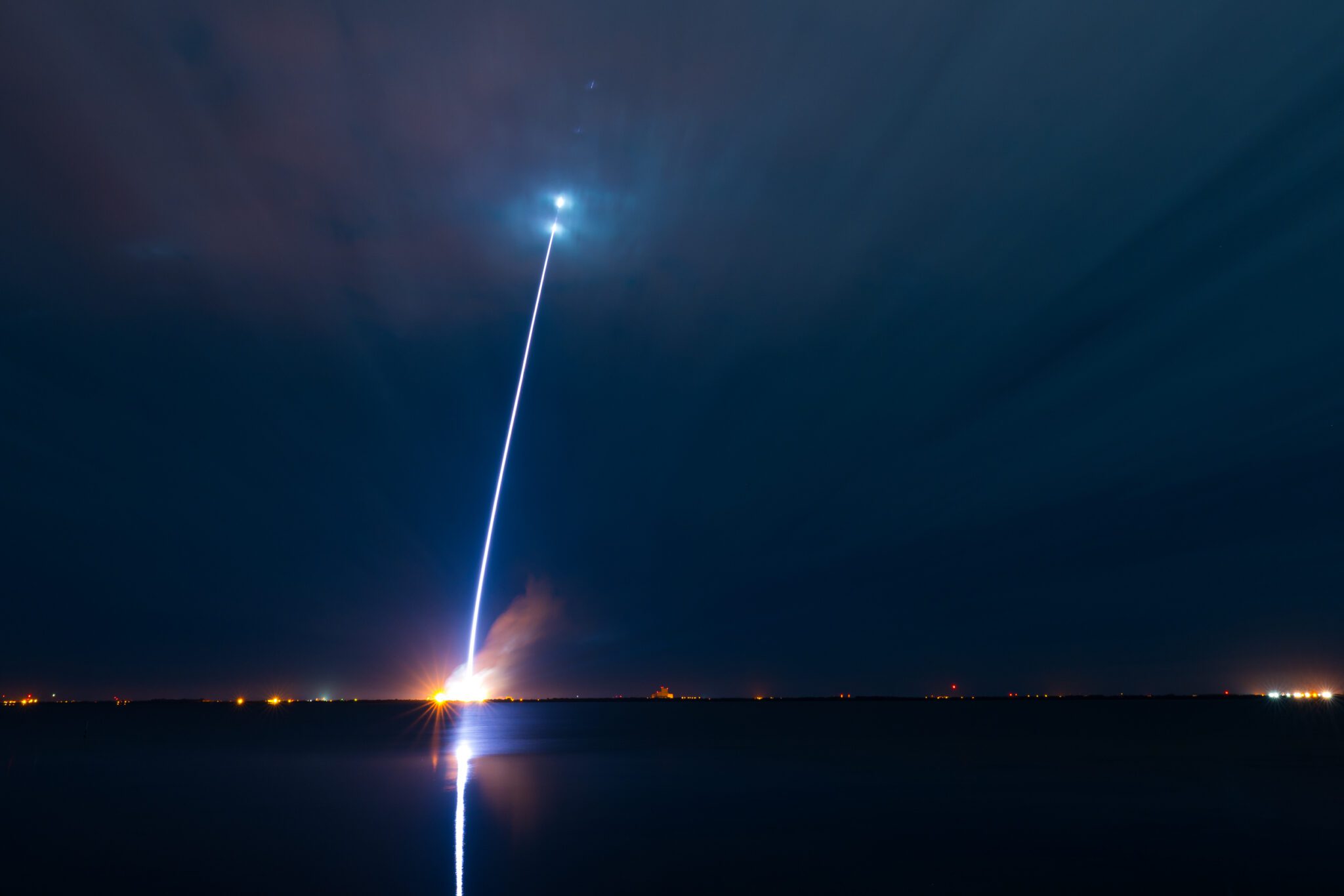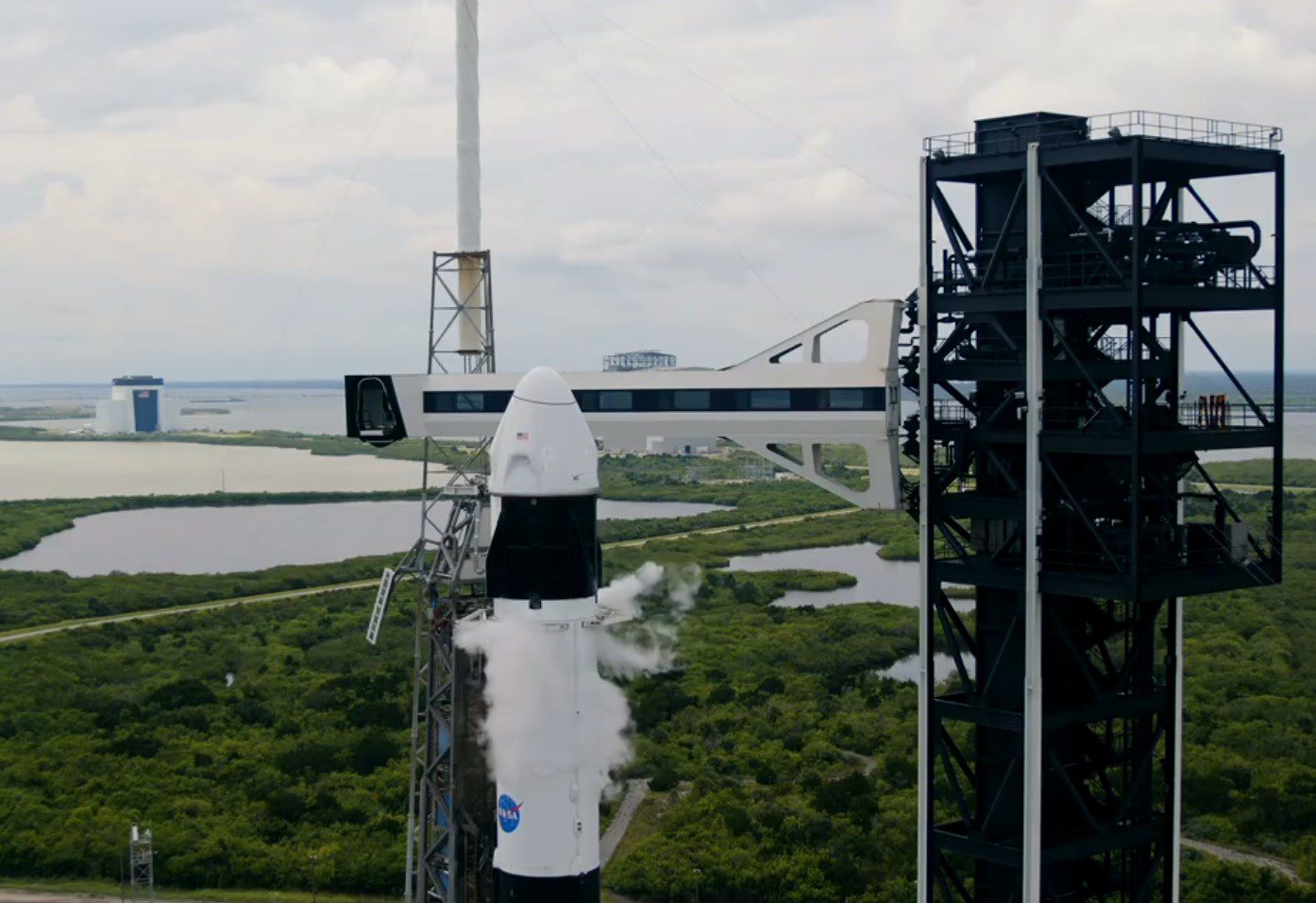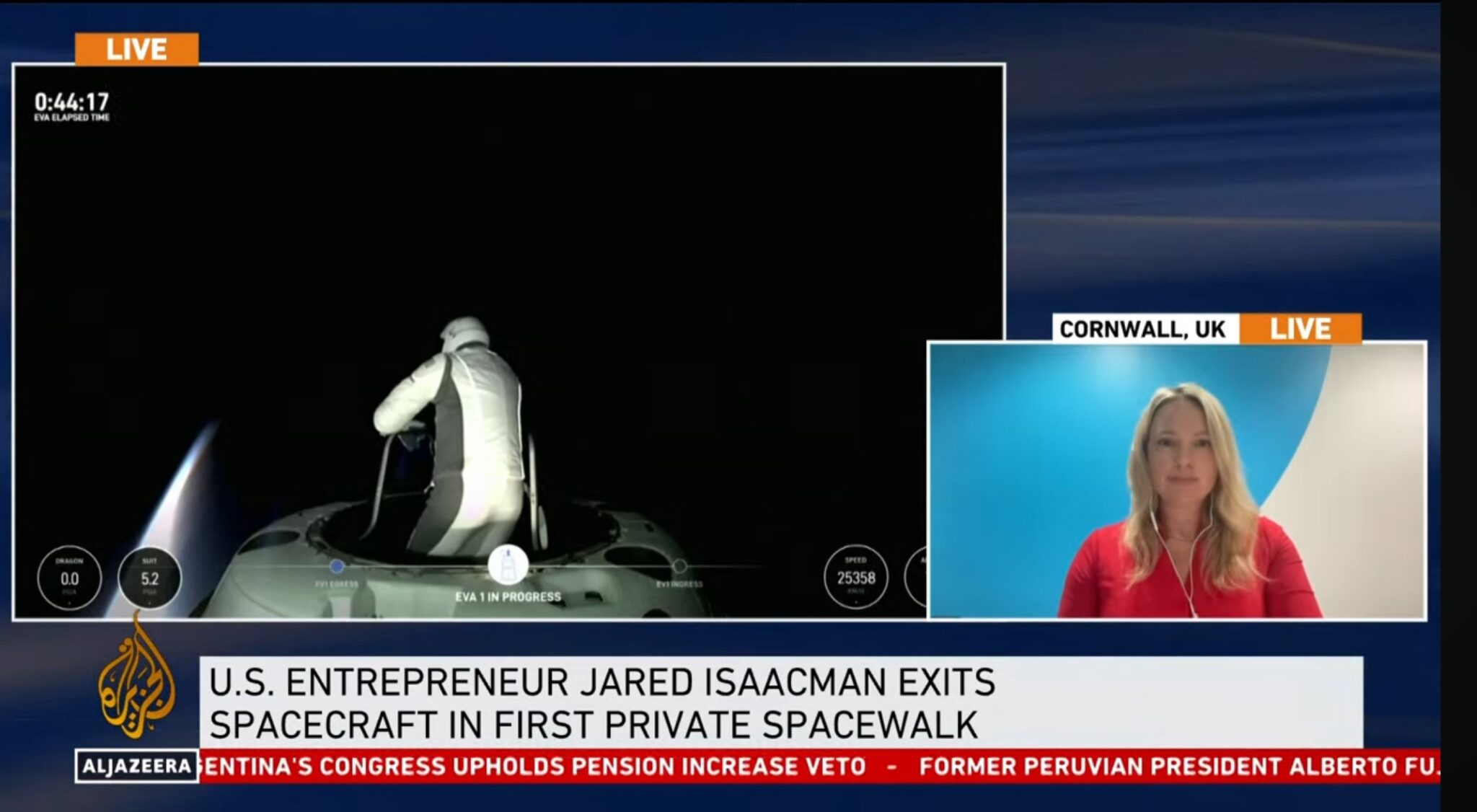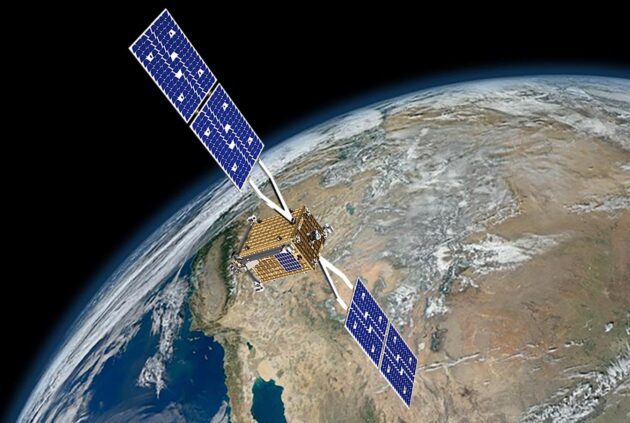The Boeing/Lockheed Martin-owned United Launch Alliance (ULA) has declared in the Denver Post that it will cut 375 jobs out of its total of 3,400 in 2016. The firm expects the majority of these to be achieved relatively painlessly via voluntary redundancies. However, ULA has also noted that a further 400 jobs will go in 2017 and these may not be voluntary.
The move is being seen as an attempt to stay competitive against low-cost newcomer SpaceX. There was better news at the Space Symposium 2016 (formerly known as the National Space Symposium) held in Colorado Springs, USA. It was announced that the first of the “stand alone” versions of Bigelow Aerospace’s inflatable space station modules will be launched by ULA’s Atlas V rockets. The B330 module will be launched in 2020 using an Atlas V 552 rocket with a long fairing. It was the volumetric requirements of the 20,000kg B330 that led the firm to choose the Atlas V.
While the B330 is expected to be docked for a time with the International Space Station (ISS), it may also work as an independently flying small space station. It will have a 20-year life, longer than the remaining life of the ISS. The Boeing CST-100 Starliner craft launched on the Atlas V 422 rockets will be used to send astronauts to the module.
The B330 will not be the first of Bigelow’s operational manned modules to be launched. In April the Bigelow Aerospace-built BEAM module took off for the ISS on board the Falcon 9-launched Dragon CRS 8 flight and will be fitted to the station in due course.
Updated: 14 April 2016







